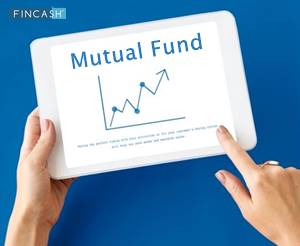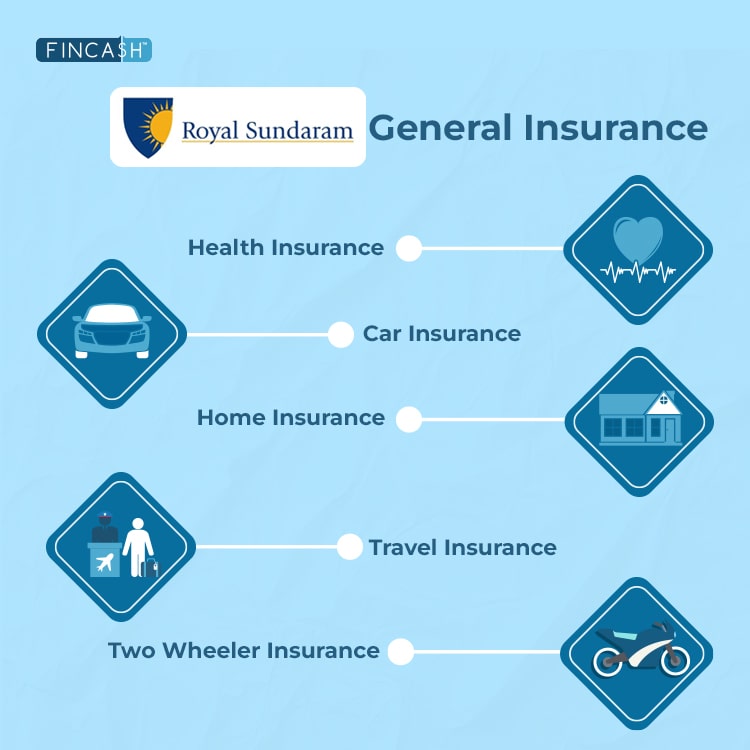
Fincash » Mutual Funds India » Sundaram AMC Acquires Principal AMC
Table of Contents
Sundaram AMC Acquires Principal AMC
The asset management sector has been experiencing a string of acquisitions, with a massive number of foreign Asset Management Companies (AMCs) being sold out. In the latest significant move, Sundaram Mutual Fund (MF) acquired Principal Mutual Fund. This merger took place on 31st December 2021. Also, the AMC has also received regulatory approval from the Securities and Exchange Board of India (SEBI) to acquire the asset management business.

Post this; some specific Principal MF schemes were merged with conforming schemes of Sundaram MF schemes and vice versa.
About Sundaram Asset Management Company
The Sundaram Asset Management Company, through the subsidiaries and directly, regulates assets across Portfolio management services, Mutual Funds, alternate investment funds, as well as advisory mandates and global fund.
Sundaram Finance (SFL) is the flagship organisation of the T.S Santhanam arm of the TV Group. Also, SFL is one of the largest Non-Banking Financial Companies (NBFC) in India. Its major concentration is on the financing of cars and commercial vehicles.
SFL has invested in a variety of units to offer a myriad of financial services, such as mutual funds through Sundaram AMC, insurance through Royal Sundaram, and housing finance through Sundaram Home Finance.
Reportedly, SFL had a fall in the combined net profit to Rs. 259.04 crores on a 0.5% decrease in the total Income to Rs. 1,298.99 crores in the second quarter of FY22 in comparison to the second quarter of FY21. Furthermore, the scrip of SFL had also shed 0.64% to end at Rs. 2,410.30 on the Bombay Stock Exchange (BSE).
Talk to our investment specialist
Schemes Under the Merger
Unitholders who didn’t agree to the planner merger received an option to exit without bearing any exit load until 24th December 2021. Those who didn’t exercise this option were regarded as to have agreed to the acquisition. Additionally, there are three major Principal MF schemes that were taken over and renamed as Sundaram funds.
However, if there is any such unitholder who opted for Redemption but didn’t agree to the merger during the given exit window, the systematic transaction registration will not get cancelled automatically. Rather, the unitholder will have to submit a cancellation request to the Bank.
After this acquisition, Sundaram offered schemes in approximately 28 open-ended categories, such as:
| Categories | Number of Schemes |
|---|---|
| Equity | 12 |
| Hybrid | 5 |
| Debt | 9 |
| Index fund | 1 |
| Overseas fund | 1 |
With this merger, Ravi Gopalakrishnan has also been announced as the chief investment officer – equity.
Highlights of the Deal
After the closure of the deal, the currently managed schemes by Principal India and Sundaram will either get merged or will be renamed as Sundaram schemes according to their categories.
All of the Principal schemes’ investors and distributors will become investors or distributors of Sundaram. Therefore, an extensive Range of equity schemes will get available to more than 2 million investor base (of both Sundaram and Principal combines) and to the strong distribution franchise across the nation-wide network of 88 branches.
For the uninitiated ones, here are the highlights of the Sundaram Mutual Fund and Principal MF merger:
- Sundaram AMC is not just going to acquire all the fund schemes that the Principal Group but also purchase the 100% share capital and take over the complete control. They will take over the share Capital of Principal retirement Advisors, Principal trustee Company and Principal Asset Management.
- There are distinct benefits for both of the parties pertaining to this deal.
- Currently, Sundaram is managing Rs. 40,000 crores in Assets Under Management (AUM), and the Principal is handling Rs. 7,447 crores in Assets Under Management.
- For Sundaram, the intention behind this deal is to expand the reach of Equity Funds. Considering both the parties are equity-oriented fund houses, Sundaram can expand crosswise, and the Principal can get a good price.
- The funds of Principal have had a concentrated track record in mid and large-cap segments. On the contrary, Sundaram has been majorly focusing on mid and small-caps.
Key Points of the Merger
Jotted down below are certain key points that should be kept in mind to understand more about this merger:
- Post this acquisition; the old schemes stopped existing. Unitholders, in these schemes, have been allotted diverse units in the new schemes.
- To allot the units, the Market value of units in the old scheme according to the merger date was regarded to comprehend the number of units that has to be allotted in the new schemes. For instance, if a unitholder had 20,000 units of a Principal MF scheme on the merger date with a NAV value of Rs. 22.50 of each unit, the market value of his investment would be Rs. 45,0000. In case, on the merger date, the NAV of the new scheme is Rs. 15 for each unit, the unitholder will be allotted 30,000 (45,0000 / 15).
- Also, all of the Systematic Registrations (SIPs) that were active in the old schemes will get continues as before.
- If investors have submitted Form 15G/H just for Principal MF for the Financial Year 2021-22, they will also have to submit the same form once again, but this time, the submission will be to Sundaram MF.
The Revamp of Schemes
Here are some of the revamped schemes:
| Category | Old Scheme | New Scheme |
|---|---|---|
| Large Cap | Principal Large cap fund | Sundaram Large Cap Fund |
| Large and midcap | Principal Emerging Bluechip Fund | Sundaram Large and mid cap fund |
| Mid Cap | Principal Mid Cap Fund | Sundaram Mid Cap Fund |
| Small-Cap | Principal small cap Fund | Sundaram Small Cap Fund |
Wrapping Up
As per the experts, this merger between Sundaram and Principal is going to be a positive sign for both the groups and the investors. This merger has evidently considered the vitality of continuity Factor, keeping in mind the requirement and the track record. This simply means that the schemes are likely to continue with the existing strengths. However, it is recommended that the unitholders should track the performance of schemes for a while and take review decisions accordingly.
All efforts have been made to ensure the information provided here is accurate. However, no guarantees are made regarding correctness of data. Please verify with scheme information document before making any investment.










